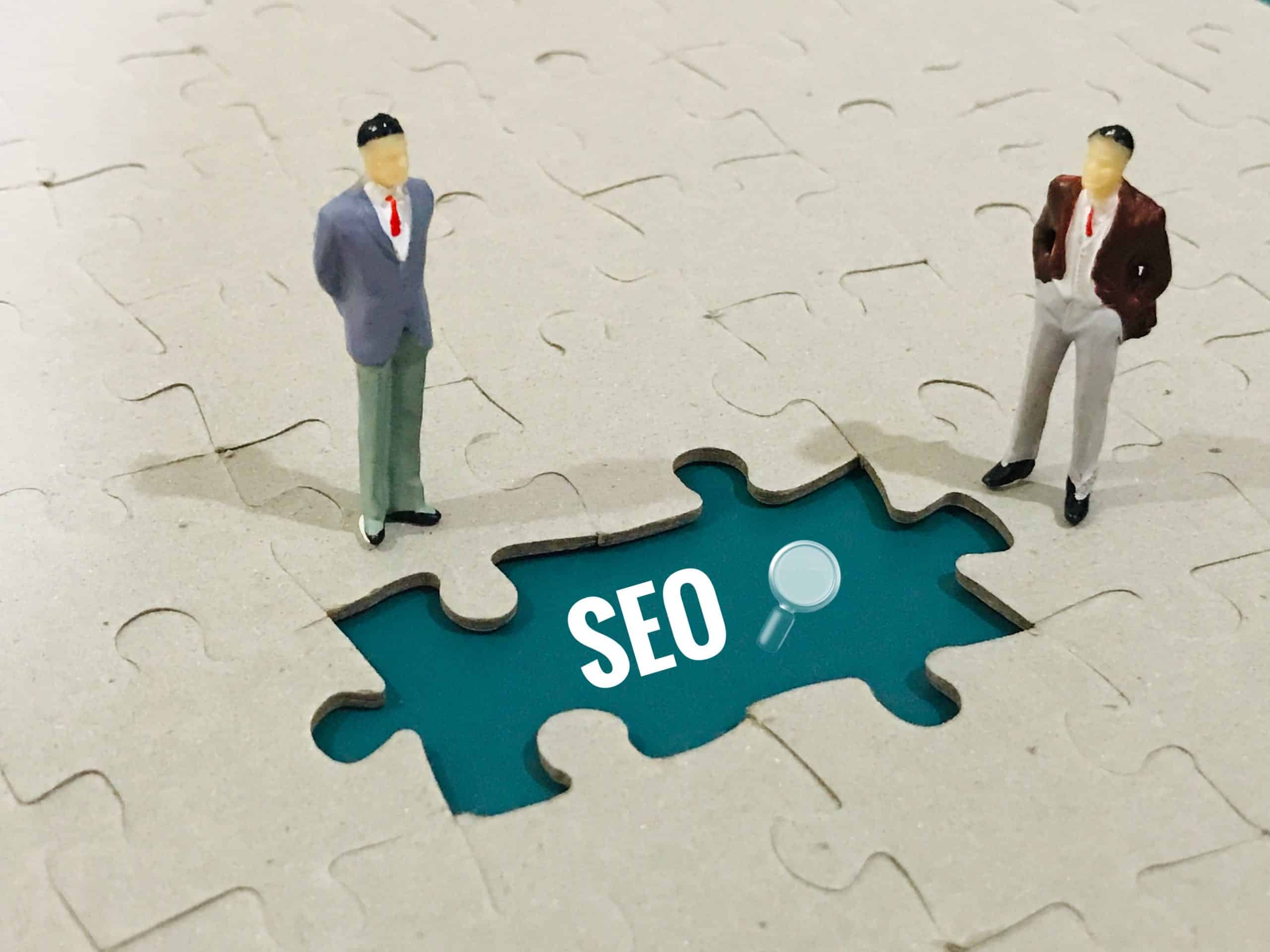How to Leverage Micro-Moments in Digital Marketing for Higher Consumer Conversion?

In the fast-paced world of digital marketing, time is of the essence. Consumer attention spans are shrinking, and the need for instant gratification becomes more prevalent each day. Amid this landscape, businesses are struggling to find effective ways to engage with their target audience and convert them into loyal customers. One strategy that’s gaining traction in this regard is the utilization of micro-moments.
Micro-moments are those fleeting instances when consumers turn to their mobile devices to learn something, do something, discover something, watch something, or buy something. They are the moments when consumers are most open to influence and can be swayed with the right content at the right time. But how can businesses leverage these moments for higher conversion rates? Stay with us as we explore this fascinating aspect of digital marketing.
In the same genre : How Can Companies Create a Seamless Omnichannel Customer Service Experience?
Understanding Micro-Moments in Marketing
The term ‘micro-moment’ was coined by Google to describe the moments when people reflexively turn to a device—usually a smartphone—to act on a need to learn, do, discover, watch, or buy something. These are intent-rich moments when decisions are made, and preferences are shaped.
Today, consumers are living in an era of immediate gratification seeking answers to their queries and solutions to their problems instantly. Businesses that can provide relevant and timely content during these micro-moments stand a better chance of influencing consumer decisions.
This might interest you : What Are the Best Practices for Utilizing Blockchain in Secure Financial Transactions?
Micro-moments are the new battleground for brands. Understanding these moments and knowing how to leverage them effectively can give businesses a significant edge over their competitors.
Importance of Data in Micro-Moment Marketing
Data plays a pivotal role in micro-moment marketing. It’s through data that businesses get to understand their audience’s behavior, preferences, and needs.
Collecting and analyzing consumer data helps businesses predict when these micro-moments might occur. With the help of data, businesses can target consumers with personalized and relevant content at the right time.
By correctly utilizing data, businesses can ensure their marketing strategies are focused, targeted, and effective. They can provide solutions to consumer needs in real-time and significantly increase the chances of conversion.
Creating Relevant and Timely Content for Micro-Moments
Once businesses have understood their audience’s needs and predicted when micro-moments might occur, the next step is creating relevant and timely content.
Content is king in digital marketing, and the same applies to micro-moment marketing. The content needs to be designed to satisfy the consumer’s immediate needs. It should be easily consumable and offer a clear call-to-action (CTA).
Creating content that is relevant and meets the consumer’s expectations at that moment increases the chances of conversion. For example, if a user is searching for a quick recipe, a business dealing in food products can offer an easy recipe using their product, with a clear CTA to buy their product online.
Tailoring Mobile Strategy to Micro-Moments
As most micro-moments occur on mobile devices, having a mobile-focused strategy is crucial for businesses. Mobile devices are an integral part of consumers’ lives, and they are often the first point of contact for information and purchases.
Businesses need to ensure their digital platforms are mobile-friendly and that the user experience is seamless. The faster and easier the process, the higher the likelihood of the consumer making a purchase or engaging with the brand.
Leveraging micro-moments in your digital marketing strategy requires an understanding of your customer’s journey, the ability to anticipate their needs, and the capacity to deliver timely and relevant content. By effectively leveraging micro-moments, businesses can influence consumer decisions, enhance consumer engagement, and significantly improve conversion rates.
Measuring the Success of Micro-Moment Marketing
Measuring the success of your micro-moment marketing strategy is as essential as implementing it. Businesses need to track their performance to understand what’s working and what needs to be improved.
There are several metrics businesses can use to measure the success of their micro-moment marketing. These include click-through rates, conversion rates, bounce rates, and time spent on page.
By tracking these metrics, businesses can assess the effectiveness of their content and make necessary adjustments to their strategy. This, in turn, ensures continuous improvement and maximizes the benefits of micro-moment marketing.
In conclusion, businesses that understand the power of micro-moments and know how to leverage them stand to gain a significant advantage in the digital marketing landscape. As consumer behavior continues to evolve with technological advancements, businesses that stay ahead of the curve will reap the rewards.
Enhancing Customer Experience during Micro-Moments
Customer experience plays a critical role in leveraging micro-moments in digital marketing. To ensure a high rate of consumer conversion during these moments, businesses must provide an exceptional customer experience.
In the digital world, customer experience refers to the perception a customer has about a brand based on their interaction with the business’s digital platforms. In the context of micro-moments, a good customer experience could mean the difference between a customer making a purchase or moving on to a competitor’s website.
During micro-moments, businesses must ensure their digital platforms load quickly, display relevant content, and are easy to navigate. A website that takes a long time to load might result in losing potential customers, while a site that’s cluttered and difficult to navigate can also lead to a decreased conversion rate.
Moreover, businesses should also aim to provide personalized experiences to their customers. Personalization can be achieved by using data collected from customers to tailor the content and offers to their preferences and needs. For instance, if a user often searches for vegan recipes, a food business can tailor their content to provide vegan recipes and offers on vegan products.
Moreover, businesses should ensure their customer service is easily accessible and capable of resolving any issues promptly. This is especially important during micro-moments as consumers are likely to have urgent queries or concerns that need to be addressed immediately.
Conclusion
Micro-moments represent a significant opportunity for businesses to engage with consumers in a meaningful and impactful way. By understanding what these moments are and when they occur, businesses can provide relevant and timely content that meets the consumer’s needs and influences their decisions.
Data plays a crucial role in micro-moment marketing. By collecting and analyzing consumer data, businesses can predict when micro-moments might occur and tailor their content and offers accordingly.
Enhancing the customer experience during micro-moments is also critical for successful conversion. Businesses must focus on ensuring their digital platforms are fast, easy to navigate, and provide a personalized experience to maximize the impact of their micro-moment marketing.
While the task of leveraging micro-moments in digital marketing might seem daunting, the rewards are significant. Businesses that can effectively utilize micro-moments stand a better chance of influencing consumer decisions, enhancing consumer engagement, and improving conversion rates.
As the digital landscape continues to evolve, businesses that understand and leverage the power of micro-moments will be better positioned to stay ahead of the curve and reap the rewards.
